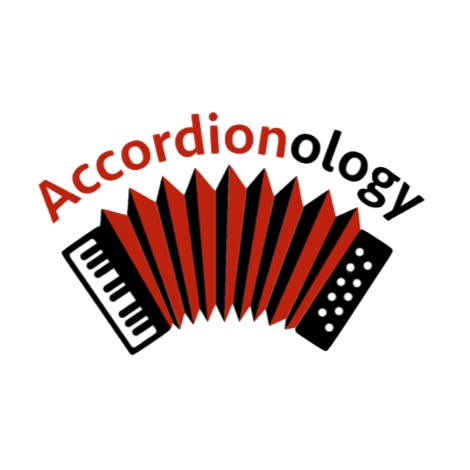Thanks for the advice and encouragement so far. By the way, in my desperation, I've also toyed with the idea of developing a personal notation that shows not the note that sounds but rather the button you push.
The diatonic accordion is played this way (if you play from the score), and this is actually what I started out on, and I found this very easy to play even in comparison with the PA.
The diatonic accordion is played this way (if you play from the score), and this is actually what I started out on, and I found this very easy to play even in comparison with the PA.



